By Lin Zhuowei
(ECNS)— In the small commune of Sangatte in northern France, a towering cross memorial stands solemnly in a military cemetery. Beside it, headstones inscribed with “Immortal Glory” and “Utmost Dedication” in Chinese characters quietly tell the stories of the Chinese laborers who rest here.
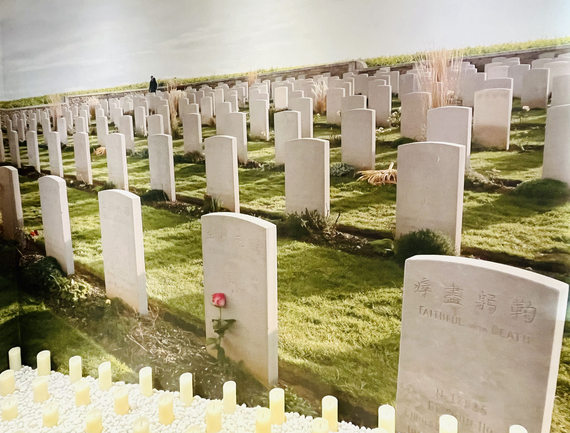
More than 100 years ago, World War I (WWI) ended in victory for the Allies. Among those celebrating the great victory were an unsung group of “Chinese Labour Corps.” They played a crucial role in the war effort, performing essential tasks such as trench digging, material handling, and technical work on the Western Front in France, Belgium, and other countries.
As it was quoted at an exhibition held by the Overseas Chinese History Museum, a foreign commander of the Chinese Labour Corps once remarked, “The Chinese workers demonstrated the finest traditions of China to the world and built a close bridge between the East and the West.”
A poignant reminder of this history comes from a song written by Tang Shoucheng, a Chinese laborer in WWI, and sung by his wife Zhang Wenyu. In 478 Chinese characters, it captured the perils faced by more than 140,000 Chinese laborers who journeyed to the European battlefields.
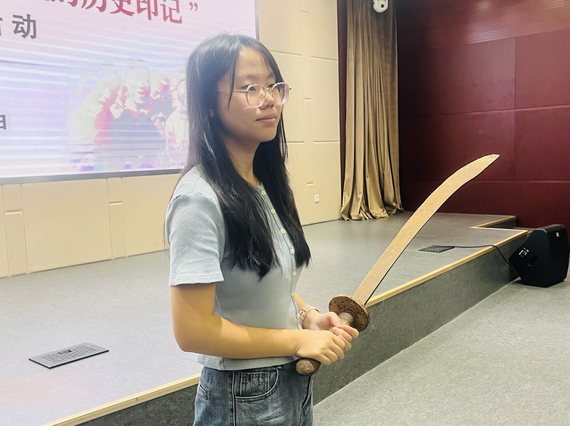
Today, most of the descendants of the laborers, now third, fourth, and even fifth generations, reside in northern China, particularly in Hebei, Shandong, and Tianjin. Yet, a field investigation by Nankai University's social practice team in Xiaoshi Village, Hebei, discovered two living second-generation descendants of WWI laborer Shen Chaoheng — his sons, Shen Bingcan and Shen Bingzun, both in their seventies.
The Shen brothers, under the witness of scholars from institutions like the Chinese Academy of Social Sciences and Nankai University, donated a cherished photograph of their father to the Overseas Chinese History Museum, which recently hosted an academic seminar titled “Glory and Sacrifice: The Historical Imprint of World War I Chinese Workers” to mark the 60 years of diplomatic relations between China and France.

The seminar highlighted the vivid history of Sino-European and Sino-French cultural exchanges exemplified by the laborers. Despite their general illiterate backgrounds, many learned to read and write Chinese to communicate with their families, and some even picked up one or more European languages.
“My father was good with languages; he learned French and English,” Shen Bingcan recalled, noting that his father often smoked with hospitable French locals and learned their language in the process.
Beyond language skills, the workers also immersed themselves in local culture. Shen Bingcan mentioned that his father experienced the rich musical traditions of France, and that sports and folk activities further deepened cultural exchanges between Chinese laborers and Europeans.
Researcher Zhang Junyi from the Institute of Modern History at the Chinese Academy of Social Sciences shared an interesting story with China News Network: initially, some Chinese workers felt out of place when invited to play football during their transit in Egypt. However, they became pretty adept at the sport and even won races during their later days in France.

Chinese workers left many traces of Chinese civilization in Europe. Despite harsh conditions on the front lines, they maintained Chinese New Year traditions, such as dragon dances, dry boat performances, and stilt walking, expressing their cultural identity and homesickness. These traditions became part of the cultural fusion between China and France.
Zhang was particularly moved by the fact that the Chinese workers always oriented the entrance of their tents towards the east—the direction of their homeland.
The 140,000 Chinese laborers left their homes and endured at least three years of hardship in a foreign land, working 10-hour days. Thousands of them never returned, their bones resting forever in the foreign soil.
“Their contributions earned China a place at the negotiation table in the Paris Peace Conference,” said Zhang Xiuming, deputy director of the China Institute for Chinese Overseas Studies.
Chinese laborers’ contribution should never be forgotten. To better tell this story, Nankai University’s History Department, in collaboration with the Overseas Chinese History Museum, initiated this academic event. Through themed exhibitions, field investigations, and public live broadcasts in both Mandarin and French, they aim to authentically restore the role of Chinese laborers in WWI.
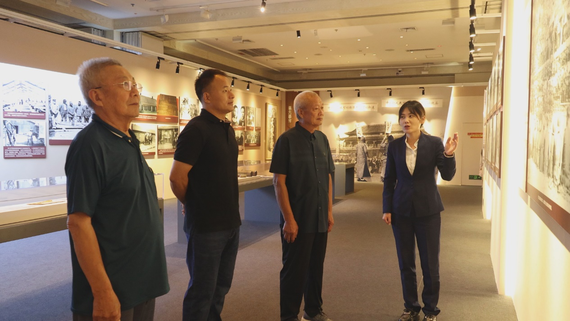
Cai Yintong, director of Nankai University's rural workstation in Hejian, emphasized that the stories of the laborers exemplify early international exchanges between China and France, highlighting the deep friendship between the two nations. Cai, from Hebei’s Cangzhou city, dubbed the “Northern Hometown of Overseas Chinese,” hopes to further engage public resources to tell the “Chinese story” behind WWI laborers.
Ning Yi, curator of the Overseas Chinese History Museum, stressed that the museum will continue to serve as a bridge in the research of WWI Chinese laborers. The museum is committed not only to public education but also to providing more resources for academic research to deepen the understanding of this significant chapter in history.
























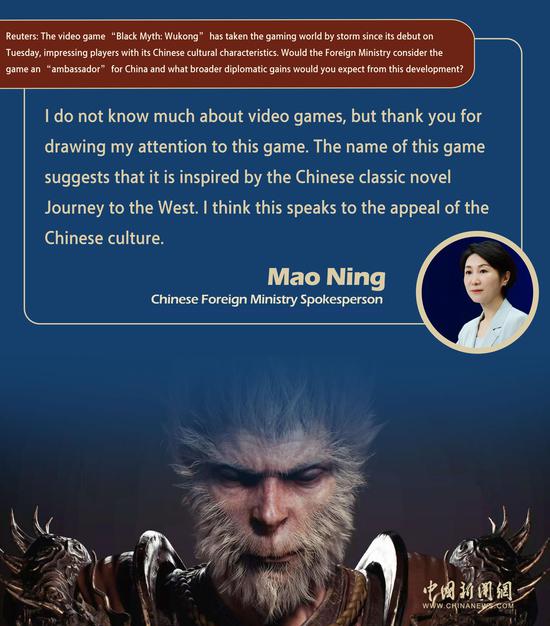

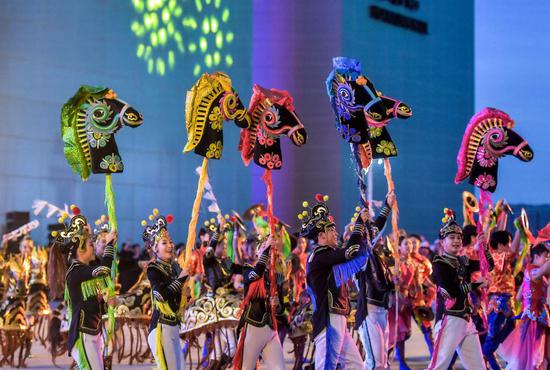

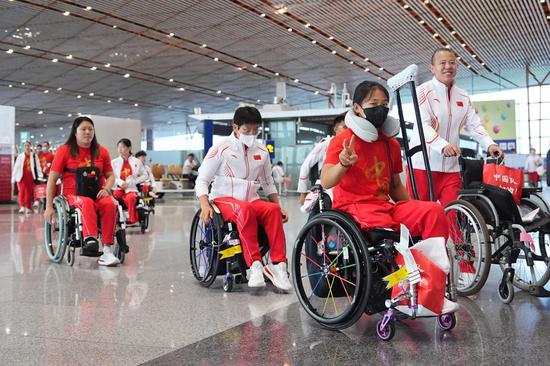


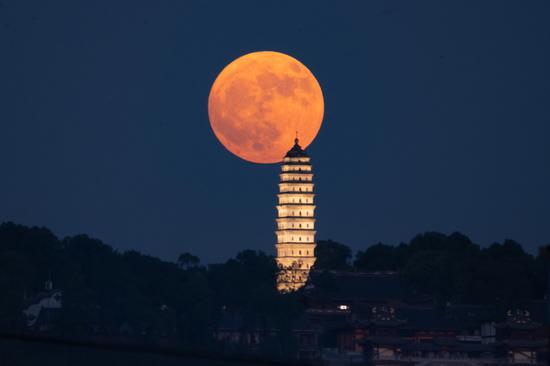

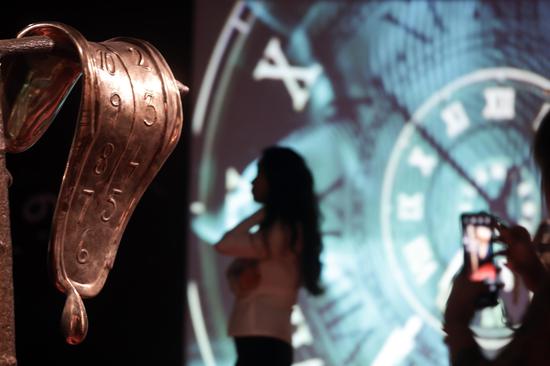
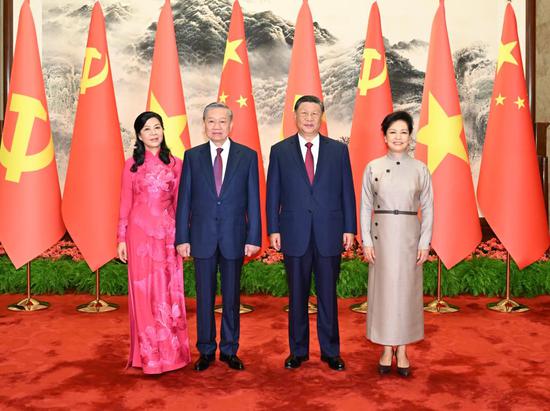





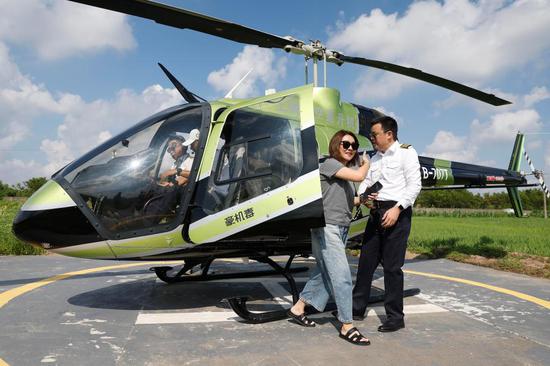
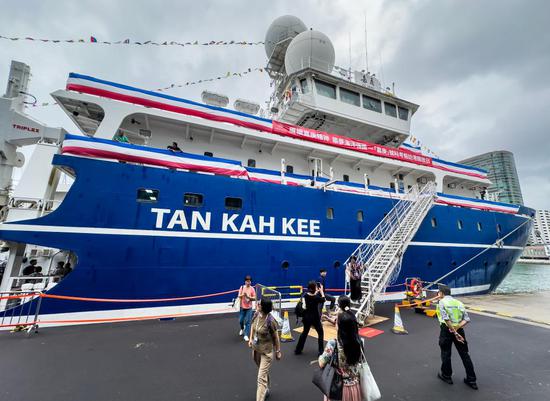


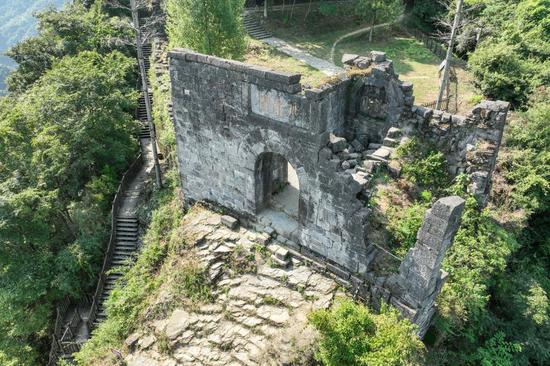

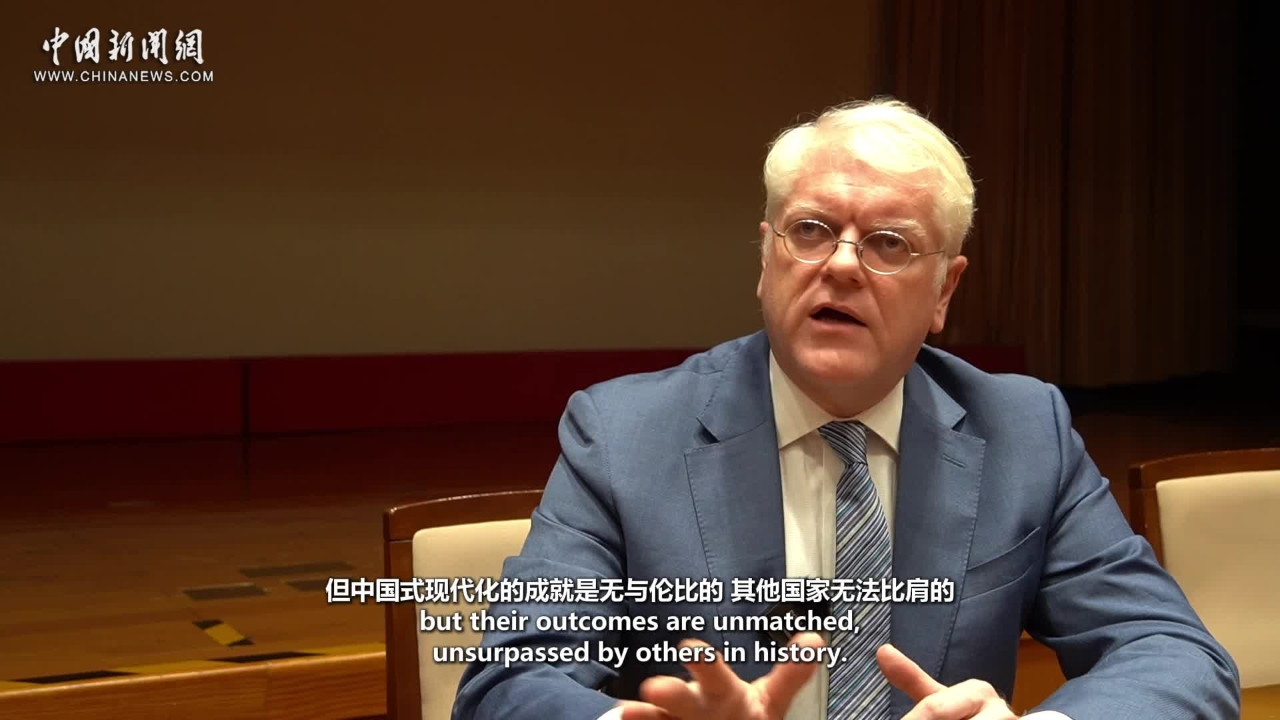



 京公网安备 11010202009201号
京公网安备 11010202009201号